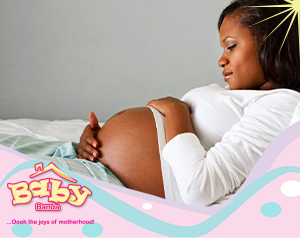Asha* (not her real name) was 37 weeks pregnant with her second baby. After a long day at work, she decided to take a nap before dinner. She was woken up by sharp pain and a feeling of wetness. She realized that her water had broken. Panic-stricken, she called out to her husband to rush her to hospital as she was scheduled to have elective C-section a week later. On arrival at the hospital, the pains had increased and the midwife decided to check on her progress only to discover that the baby was crowning. She was able to deliver vaginally without incidence. She was elated to have experienced a vaginal birth even though she had not planned for it.
However, not all women with previous C-sections can attempt a VBAC. Your doctor would usually consider several factors to help increase your chances of having a successful VBAC. These are:
• If you have previously given birth vaginally, either before or after your cesarean birth.
• What was the cause of the C-section in the first place? It should not be a factor this time.
• If you are younger than 40 years old.
• Your labour begins on its own.
• Your labour progresses normally.
Some things that may decrease your chances of having a successful VBAC include:
• If you have had more than one previous cesarean birth
• If you go past your expected due date
• If your labour does not start on its own
• If you are significantly overweight
• If your baby is estimated to weigh more than 4 kg
There are some risks associated with VBAC and it is important to discuss these with your doctor beforehand. It is also very important to note that because of these risks, you will be safer delivering in a hospital setting. The greatest, though rare, risk is that the scar on the uterus from the previous cesarean birth could tear during labour. This is called “uterine rupture”. This complication happens in about 1 of every 200 VBACs. Because of this risk, your doctor will not be able to induce your labour in case your labour does not start naturally. Uterine rupture requires emergency surgery to repair the uterus. Most babies and mothers make a full recovery after a uterine rupture. Any other possible problems that can occur with VBAC are similar to the risks during a normal first vaginal birth for a woman who has never had a cesarean.
During a planned VBAC, your nurse and doctor or midwife will closely monitor you and your baby’s health and wellbeing. In the case that any problems occur during labour, your medical team will be ready to manage them right away. If you have planned for a VBAC but your labour does not progress normally, you may require an unplanned (or emergency) cesarean birth.
If labour does not start naturally by 41 weeks, your doctor will discuss your options with you. You may choose to continue to wait for labour or to have a repeat elective caesarean birth.













